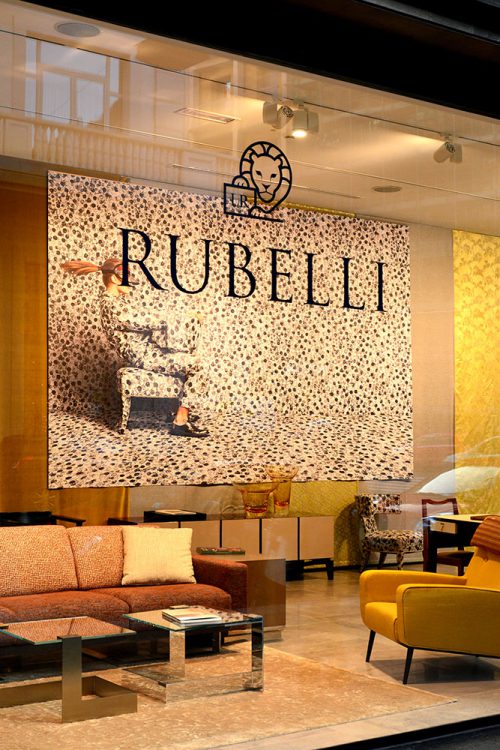


Renowned around the world, Rubelli fabrics come from a small factory lost in the hills around Como. On the second floor of a beautiful 19th century building, in the village of Cucciago, Lorita Bellocco reproduces gestures from another time. It took her almost six months of training to synchronize the footwork and the handwork essential to the proper functioning of the 18th century weaving loom on which she produced unique pieces ordered by wealthy customers. “It costs around 3,000 euros per linear meter,” says Loredana di Pascale, marketing director.
Four of these looms, which were reassembled in 2004, now occupy this floor called the “museum-laboratory”. In the courtyard, the decor is quite different. In the neon white light, twenty-eight latest generation computer controlled Jacquard looms and around sixty workers produce more than 500,000 m² of fabric per year. Here is where most of the Rubelli collections take shape (Rubelli Venezia, Dominique Kieffer, Donghia, Armani / Casa).
Lampas, damask, plain and semi-plain, velvet, prints, lace, sheers and other textiles are woven here using natural threads (silk, cotton, linen, wool, etc.) with which artificial and synthetic fibers are sometimes associated in order to give shine and flexibility but also fire resistance (non-fire polyester fibers or Trevira CS) as is the case of the “Contract” collection intended for hotels, cruise ships and public places (La Scala in Milan, the Fenice in Venice, the Palazzo Farnese in Rome, the Bolshoi in Moscow, the Albertina in Vienna…).